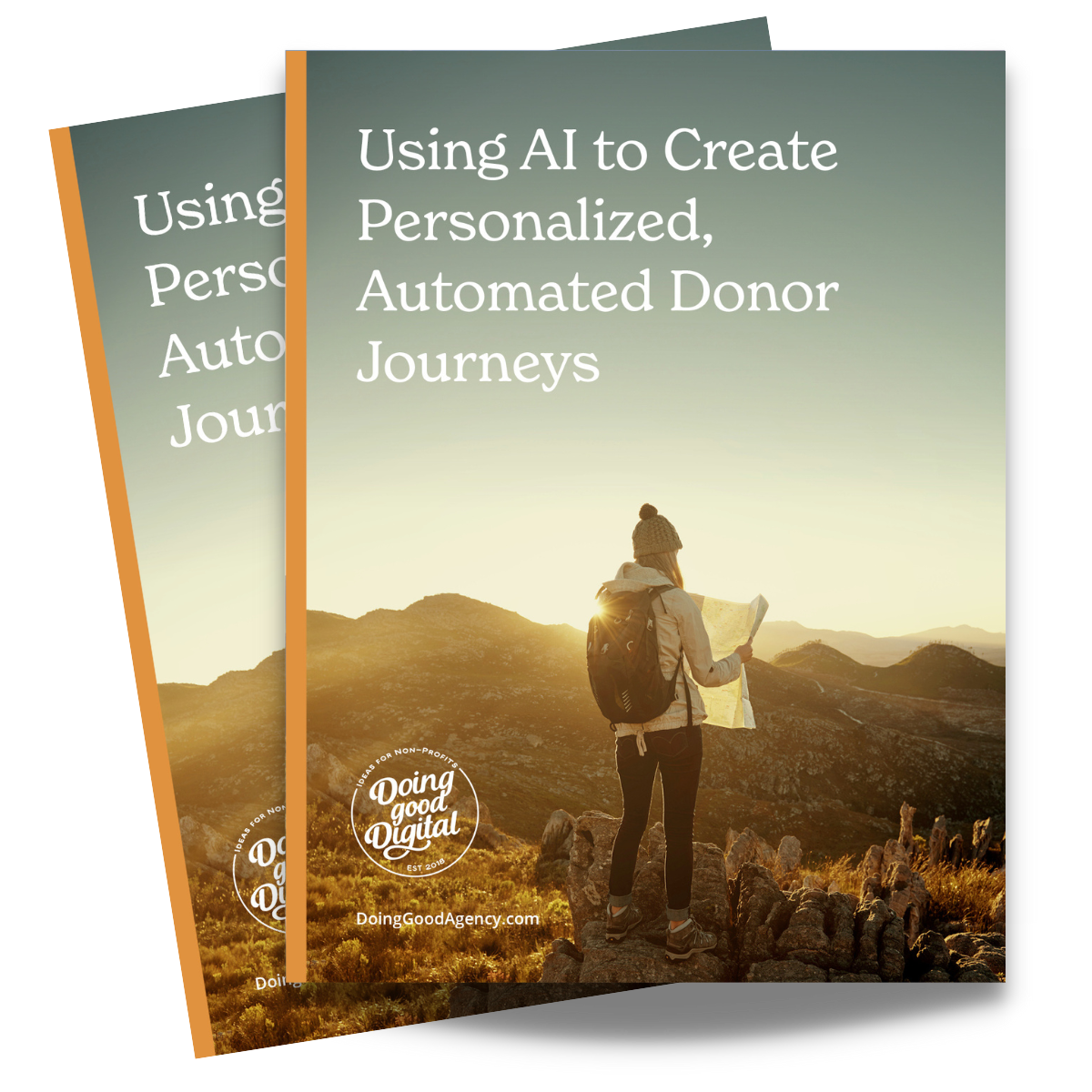Mid-Campaign Email Pivots That Boost Fundraising Results

You’ve launched your campaign. The emails are out. Ads are running. The landing page is live. And then… the results start trickling in and they’re underwhelming.
Don’t panic. Pivot.
In today’s digital landscape, campaign success isn’t about launching and hoping for the best – it’s about adjusting in real time. Donor behavior is fluid. Attention spans are short. Agility isn’t optional; it’s mission-critical.
At Doing Good Digital, we believe that the most successful campaigns aren’t always the ones that start strong, they’re the ones that adapt strategically when it counts. This guide will help your team spot performance red flags early, realign strategy mid-flight, and turn a slow start into a strong finish.
Step 1: Spot the Right Signals (Before They Spiral)
You don’t need to overhaul your whole campaign—you need to know what to change and why. That starts with identifying performance signals that actually matter.
Key metrics to monitor:
- Unsubscribes or spam reports: Are you fatiguing your audience?
- Click-through rate (CTR): Are supporters taking action?
- Click-to-open rate: Especially important post-iOS 15 as open rates become less reliable.
- Conversion drop-offs: Where are donors leaving your form?

Step 2: Dig Into the “Why” Behind the Metrics
Once you’ve found the friction, it’s time to decode it. Numbers are symptoms—your job is to uncover the cause.
Ask yourself:
- Is the donation process too long or confusing?
- Is the story emotionally flat or too data-heavy?
- Are you overwhelming supporters with too many asks?
Get quick qualitative intel:
- Rapid post-email surveys (“What inspired you to click—or not?”)
- Inbox replies and donor feedback
- Real-time input from your stakeholders
A strong sender reputation is essential (learn more about Email Deliverability Strategies HERE)
Step 3: Make Strategic, High-Impact Pivots
This is where the magic happens. With clarity around what’s off track and why, you can implement focused, measurable changes that breathe new life into your campaign.
Email Tweaks That Matter:
- Shorten the scroll: Switch to visual-first emails or infographics.
- Add human touch: A heartfelt P.S. from a beneficiary or frontline staffer goes a long way.
- Experiment with subject lines: Use urgency + curiosity (e.g., “3 Days Left to Help One More Family”).
- Re-segment lists: Create a new drip just for “engaged non-givers.” Suppress overexposed audiences to protect deliverability.
Content & Story Refresh
Mid-campaign is the perfect time to re-energize your storytelling. Introducing a new voice or unexpected beneficiary can spark fresh emotional connection. Reinforce donor impact with tangible updates—like “You’ve helped raise $14,000!”—to strengthen their sense of progress.
Channel Enhancements
Add urgency with a surprise match challenge or story-driven SMS nudges. These quick pivots can boost engagement and conversions. And let automation tools fine-tune send times so each message hits when it matters most.
Step 4: Test Smarter, Not Slower
The beauty of digital? You don’t need weeks to test and learn.
Run 72-hour sprint tests:
- Subject lines
- Button text (“Donate Now” vs “Help Jane Today”)
- Mobile UX improvements

Step 5: Rally Your Team Around the Pivot
Making changes mid-campaign can feel risky but with the right internal messaging, it becomes a shared opportunity. Use campaign performance visuals to build a clear, data-driven case for the pivot. Frame it as a proactive move, not a reactive scramble.
Involve the entire team so everyone understands the “why” behind the shift. When your team is unified around the goal, mid-campaign changes are not only easier to implement but far more effective.
Real-World Pivot: Streamlining the Path to Donate
One of our clients ran a 7-part email series, but midway through, we noticed a disconnect. The open and click-through rates were strong, yet conversions lagged.
After digging into the data and reviewing the donation page, we realized the path to give was too long. For emails 6 and 7, we added an anchor tag that jumped users directly to the donation form, without removing any of the valuable content on the page.
The result? Emails 6 and 7 alone generated as many donations as emails 1 through 5 combined. A small pivot in user experience led to nearly doubling the total campaign revenue in just two sends.
Want to boost conversions? Check out this guide to donation form optimization.
Flexibility Fuels Fundraising Success
Digital campaigns rarely go exactly as planned and that’s okay.
The most impactful nonprofit fundraisers aren’t the ones who never miss. They’re the ones who read the data, listen to supporters, and pivot with purpose.
So the next time your campaign needs a course correction, lean in. Analyze. Adapt. Optimize. And keep moving forward.





